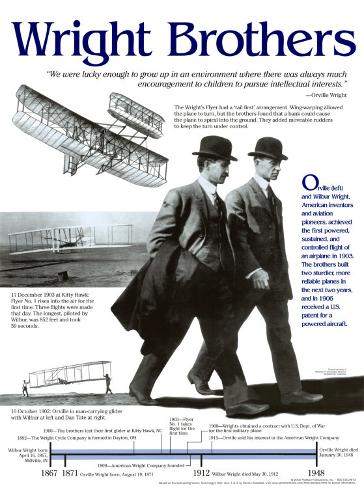Group 7
Malin kundang
By
Ludy, muasofah, nathan, willy
The Legend Of Malin Kundang
Long time ago, in a small village near the
beach in West Sumatera, lived a woman and her son, Malin Kundang. Malin Kundang’s
father had passed away when he was a baby, and he had to live hard with his
mother. Malin Kundang was a healthy, dilligent,
and strong child. He usually went to the sea to catch fish, and brought it to
his mother, or sold it in the town.
One day, when Malin Kundang was sailing as usual, he saw a
merchant’s ship which was being raided by a small band of pirates. With his
brave and power, Malin Kundang
defeated the pirates. The merchant was so happy and asked Malin Kundang to
sail with him. Malin Kundang
agreed.
Many years later, Malin Kundang
became a wealthty
merchant, with a huge ship, loads of trading goods, many ship crews, and a
beautiful wife. In his journey, his ship landed on a beach. The villagers reconigzed
him, and the news ran fast in the town: Malin Kundang became a rich man and now he is here.
His mother, in deepful sadnees
after years of loneliness, ran to the beach to meet her beloved son again.
When the mother came, Malin Kundang,
in front of his well dressed wife, his crews and his own gloriness,
denied to meet that old, poor and dirty woman. For three times she begged Malin Kundang
and for three times yelled at him. At last Malin Kundang said to her “Enough, old woman! I have
never had a mother like you, a dirty and ugly peasant!” Then he ordered his
crews to set sail.
Enraged, she cursed Malin Kundang
that he would turn into a stone if he didn’t apologize. Malin Kundang
just laughed and set sail.
In the quiet sea, suddenly a thunderstorm
came. His huge ship was wrecked and it was too late for Malin Kundang to
apologized. He was thrown by the wave out of his ship, fell on a small island,
and suddenly turned into stone.
VOCABULARY BUILDER
1.
live hard = hidup susah
2.
passed away = meninggal
3.
raided = menyerang
4.
pirates = bajak laut
5.
bravery = keberanian
6.
defeat = mengalahkan
7.
wealthy = kaya raya
8.
recognized = mengenali
9.
merchant = pedagang atau saudagar
10.
denied = mengingkari
11.
pleaded = membujuk
12.
cursed = mengutuk
13.
wreck = menghancurkan
Grammar
Review
Simple Past Tense
Rumus Simple Past Tense
|
Contoh Simple Past Tense
|
kalimat positif (+)
•S + Verb-2 (past tense)
•S + be (was/were)
|
The teacher came
|
I was a stamp collector
|
kalimat negatif (-)
•S + did + not + bare infinitive
•S + be (was/were) + not
|
The teacher didn’t come
|
I wasn’t a stamp collector
|
kalimat interogatif (?)
•did + S + bare infinitive
•be (was/were) + S
|
Did the teacher come
|
Was I a stamp collector
|
SIMPLE PAST TENSE
Look at the excerpt from the text below.
Pay attention to the words in the bold
type and italic.
•A long time ago,
in a small village near the beach in West Sumatra lived a
woman and her son, Malin Kundang. Malin Kundang
and his mother had to live
hard because his father had passed away when
he was a baby.
•One day, when Malin
Kundang
was sailing,
he saw a merchant’s ship being
raided by a band of pirates. With his
bravery, Malin Kundang
helped the merchant
defeat the pirates. To thank him, the
merchant allowed Malin Kundang to
sail
with him. Malin Kundang agreed and left his mother alone.
•Many years later, Malin Kundang
became wealthy. When he was sailing on
his trading journey,
his ship landed on a coast near a small village. The local
people recognized that it was Malin Kundang.
•Malin Kundang’s
mother ran to the beach to meet the new rich merchant. She
wanted to hug him to release her sadness
of being lonely after a long time. When
his mother came near him, Malin Kundang
who was with his beautiful wife and
his ship crews denied that she was his
mother. After
that he
ordered his crews to
set sail to leave the old woman who was
then full of sadness and anger. Finally,
she cursed Malin Kundang and he was thrown out to a small island
and turned
into a stone.




